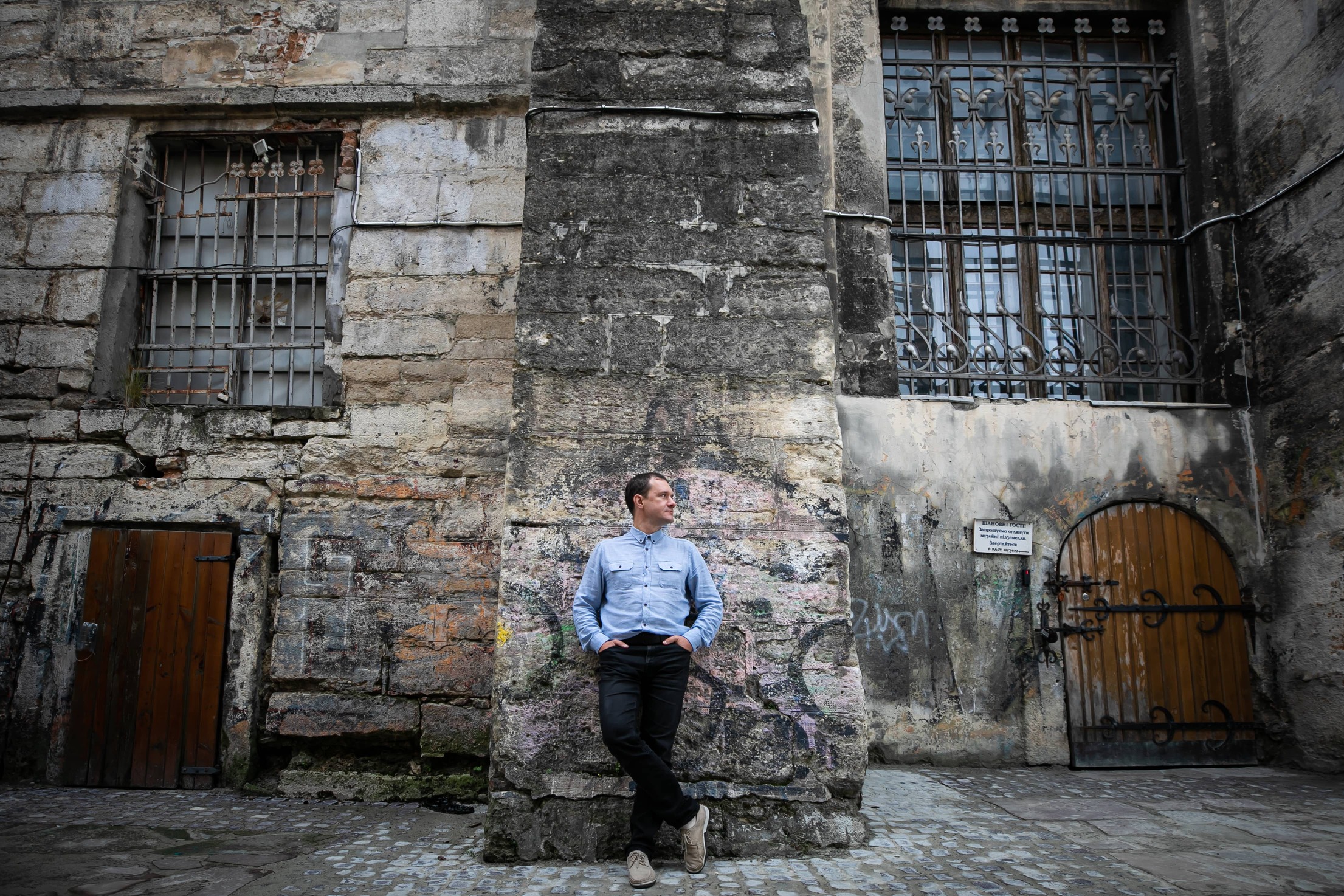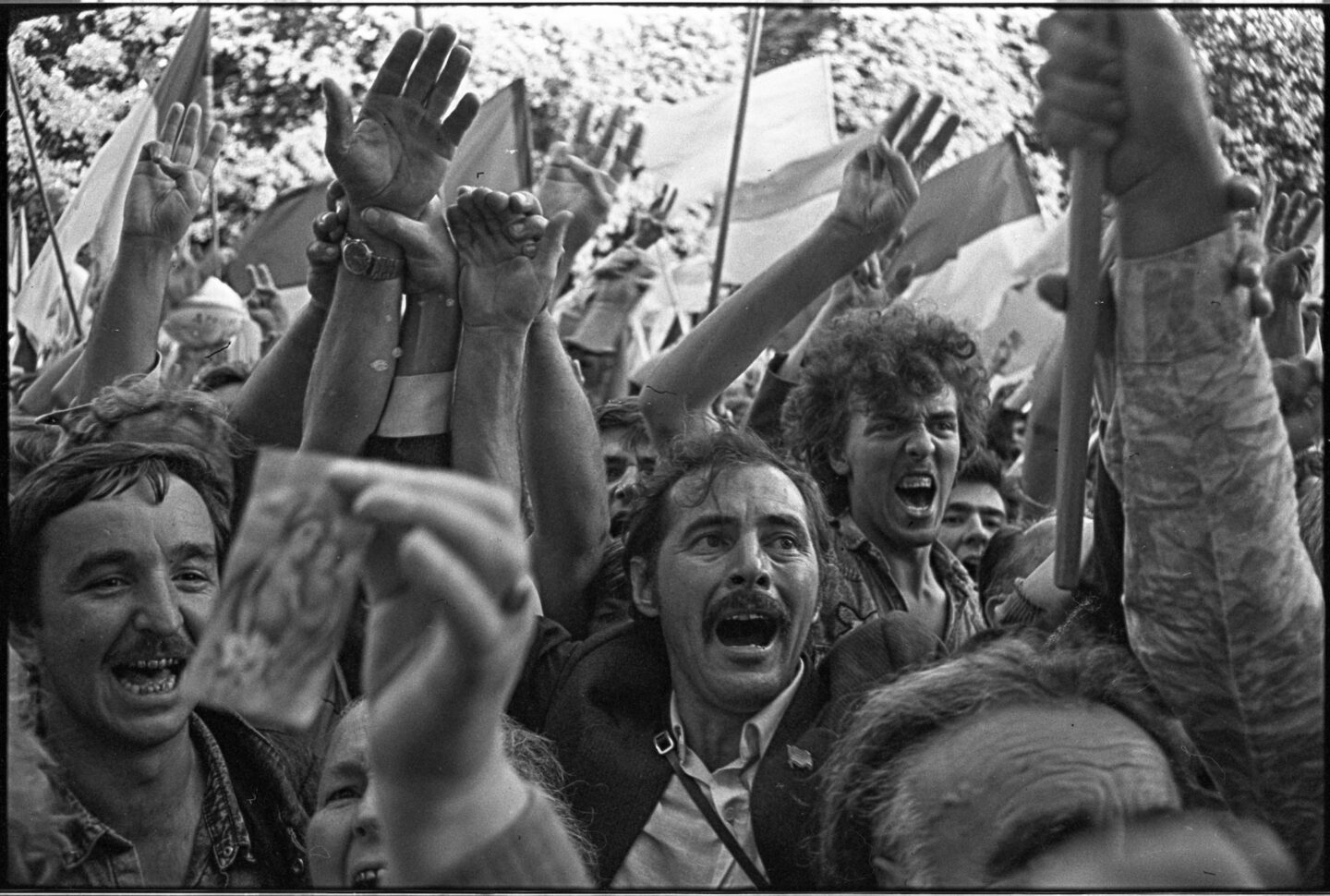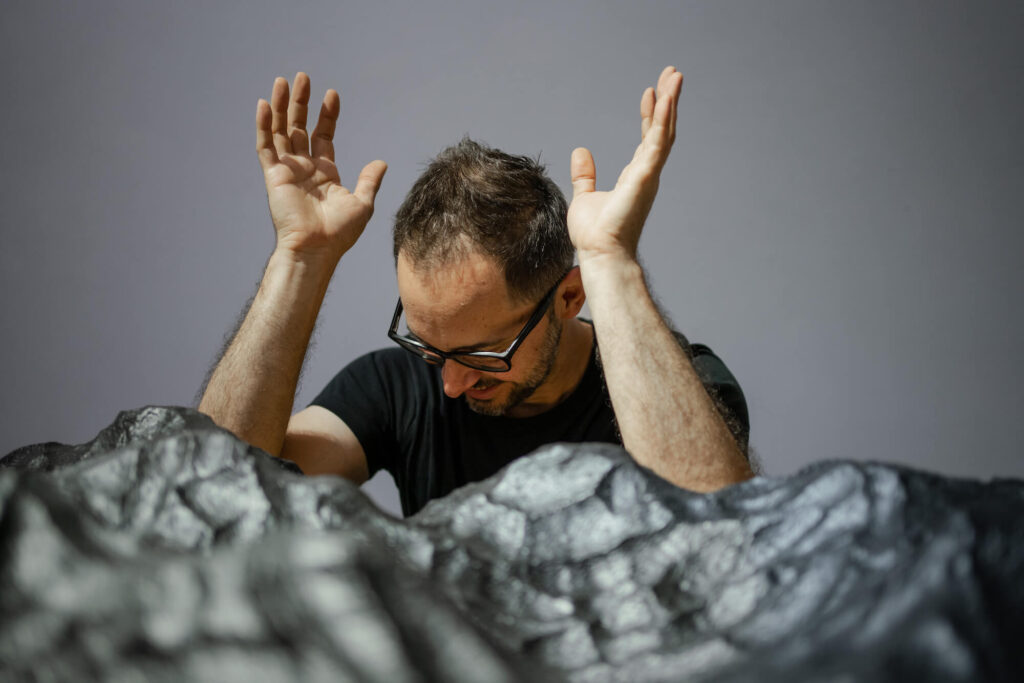On the evening of March 3, 2022, Vasyl Rozhko, head of the Lviv regional non-governmental organization “Tustan,” and Ihor Poshyvailo, director of the National Museum of the Revolution of Dignity, met over coffee in Lviv. And as soon as March 4, the Heritage Emergency Response Initiative was launched. The main goal of the Initiative was to immediately and fully document the cultural losses that Ukraine had suffered as a result of Russian aggression. Later, a concept for a data infrastructure was developed to collect data on Ukrainian cultural heritage in accordance with up-to-date international standards. Today, the Initiative organizes field trips to explore cultural monuments, trains museum staff in the digitization of collections, and gathers evidence of Russian crimes against Ukrainian culture. This work is part of the project “Crisis Inventory and Leap to Digitalization of Museum Registers,” which is being carried out with financial support from the EU.
The Ukrainians Media spoke with Vasyl Rozhko about digitizing our heritage and the relationship between museums and business.
§§§
[This publication has been created with the assistance of the European Union]
§§§
How was the Heritage Emergency Response Initiative founded?
At first, we did everything, from helping museums evacuate to planning the delivery of packaging and mapping the losses. The beginning was chaotic. But to avoid applying for all kinds of grants, we identified a few key areas, the most urgent tasks. One of these was the documentation of the losses, which later developed into a fully-fledged database in line with international standards. You can’t save anything if you don’t have information about what you’re trying to save. However, the Ministry of Culture did not have this kind of information, certainly not in a machine-readable format. They only had a simple Word document with a list of museums and just part of the data, which was sometimes no longer even relevant.
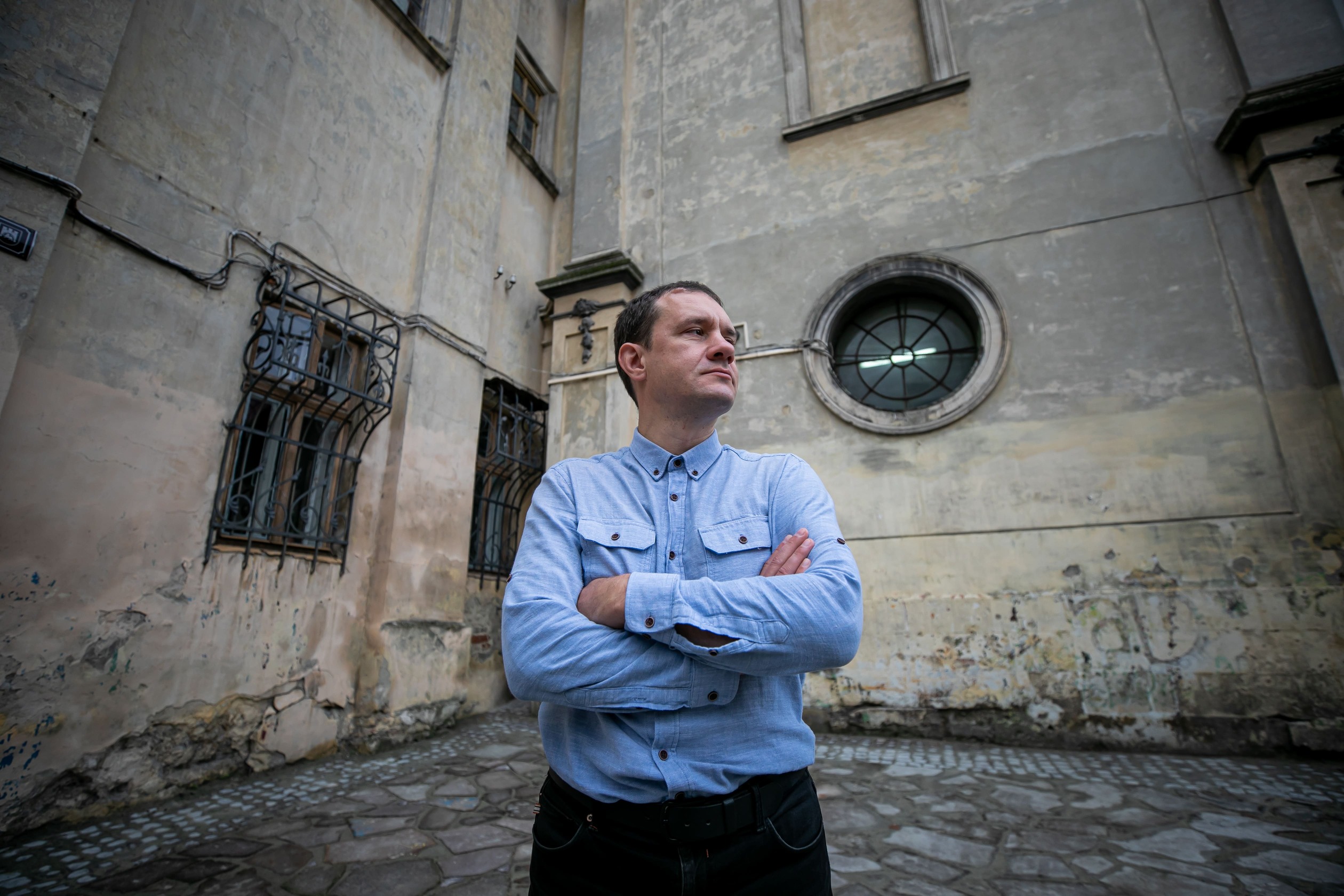
Do you mean that there is no standardized register of museums in Ukraine?
There was none. But we partially created it in 2014-2016, when I worked in the museum department of the Ministry of Culture. It was assumed that all museums followed the instructions, but it turned out that they didn’t quite do that, and the ministry didn’t check it either.
In 2014, there was a big threat that Russia would break through a land corridor to Crimea. I traveled through the southern and eastern regions and met with museum staff. I remember coming to Odesa with a list of 21 museums, but it turned out that there were 39 museums there. Almost twice as many. My guess is that there were twice as many museums in the area occupied in 2014 as we thought. And it’s not clear how many museum objects they house because inventory books are kept in the museums. Crimea is occupied, and we have no idea what was there. What exactly are we going to sue for in court?
The Ministry of Culture never contacted these museums, and they never bothered the Ministry—they quietly did what they thought was necessary. The museums have to regularly compare the inventory lists with the actual holdings in order to check whether anything has been stolen. It’s also about checking the authenticity of the artifacts, but that’s another issue. At the very least, the lists need to be cross-checked. Few have done this as they should. We came up with the idea of making photocopies of the inventory books so that the information wouldn’t just be kept in the museums. This took months because, for example, only 10% of 2,500 museums had email addresses, so we corresponded by post. Many of them sabotaged the department’s request and didn’t want to share the information, even though it did not contain any secrets. But we insisted, and now it is the only source of information about the museums in Kherson, Mariupol, and Melitopol. We have moved this data to the cloud. It’s a machine-readable database that can give you an overview of the situation.
Back then, in 2014, a prototype of the current Initiative was created. I involved a few museum employees in the project, who later formed the core of the current team. I’m talking mainly about Maria Zadorozhna, who leads the expeditions, and Vladyslav Pioto, the head of the digitization effort.
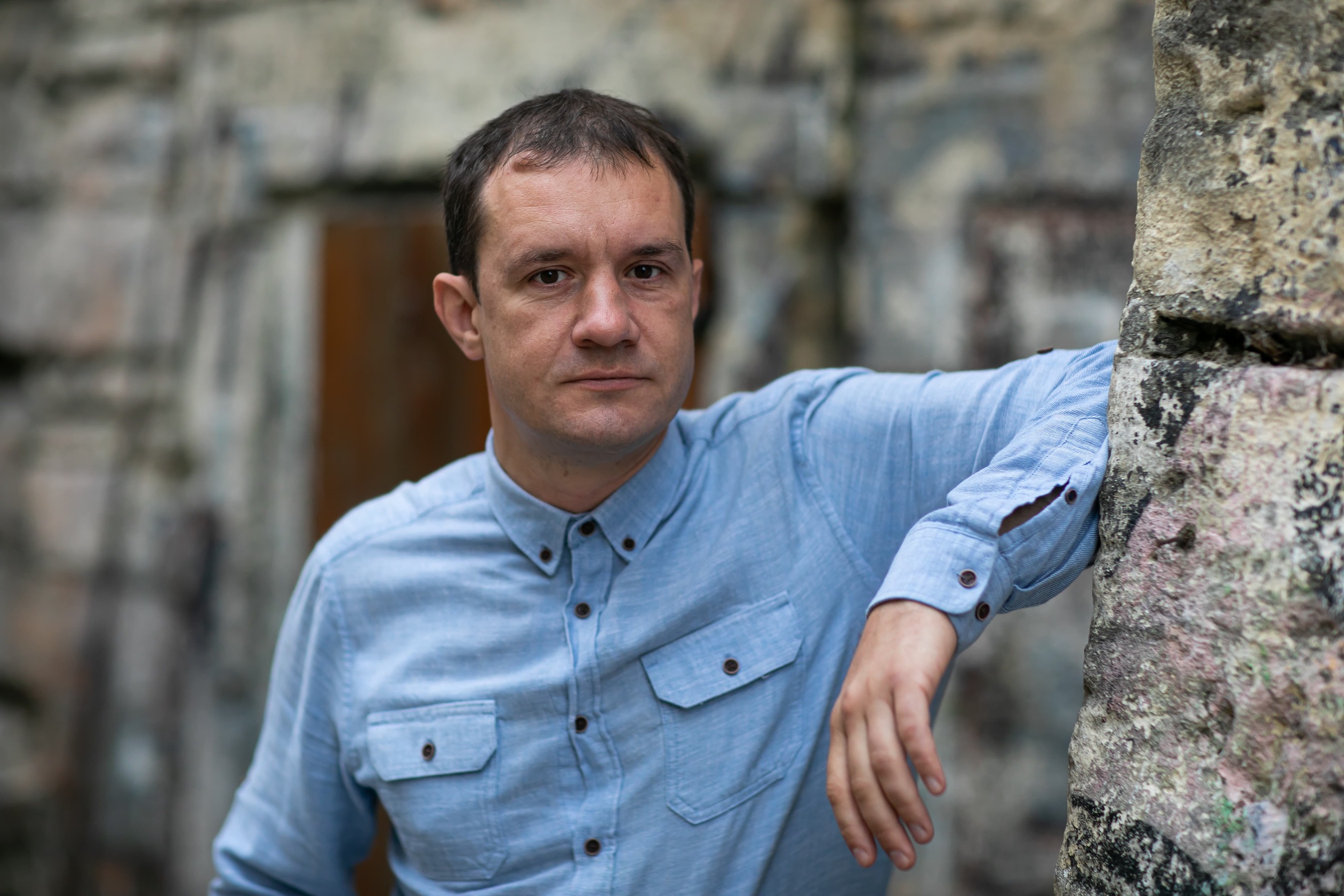
How did Tustan contribute to the establishment of the Initiative?
Our office (the office of the non-governmental organization “Tustan”) has actually become an operational center for this project. The administration of the Tustan Historical and Cultural Reserve is also involved. We simply have the capacity. This project would not have existed if I had not done all this in Tustan and for Tustan; if I had not learned these things there.
During the war, you don’t get a chance to learn—you just have to act and do things.
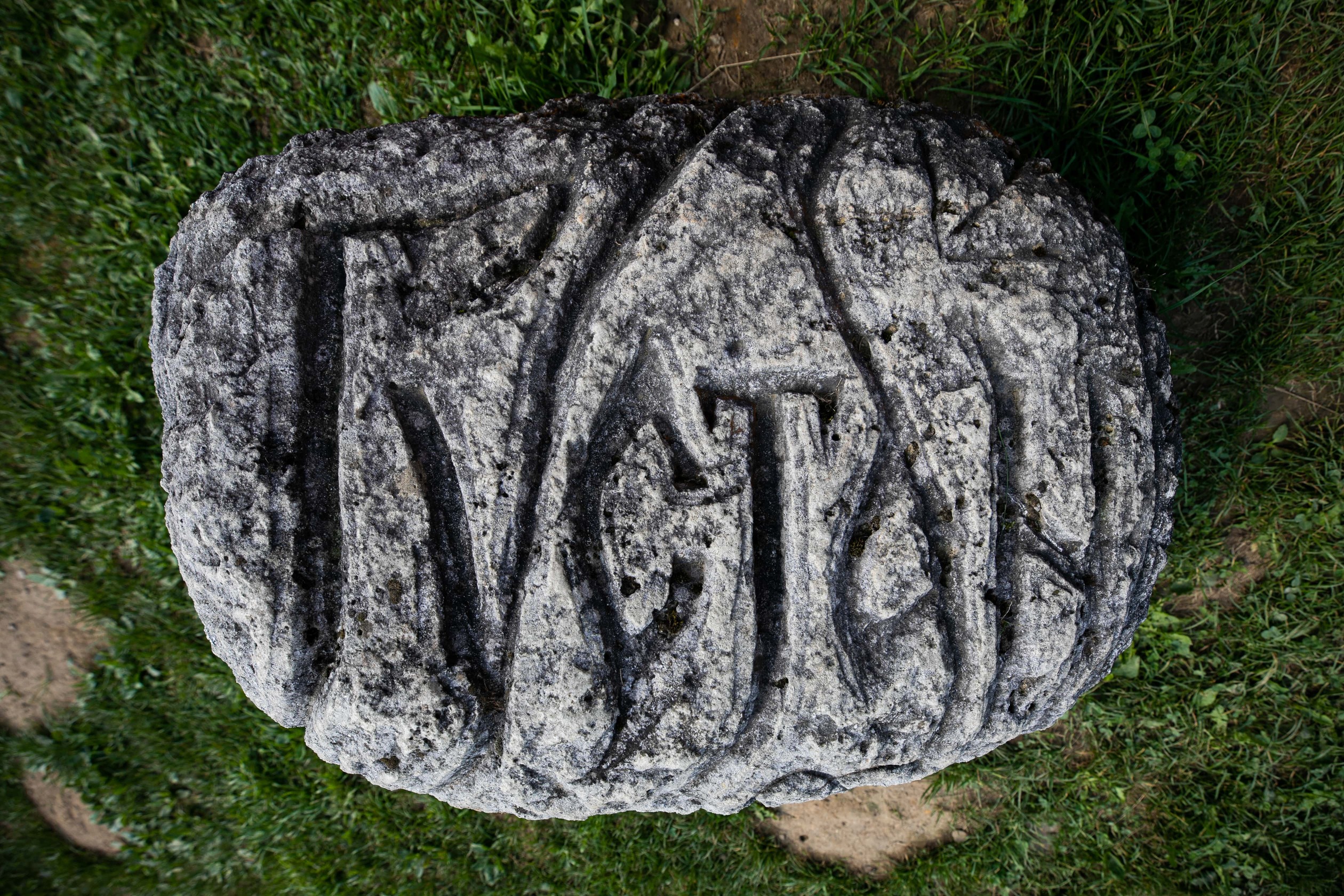
So, we could say that Tustan is the cradle of the Heritage Emergency Response Initiative, right?
That’s right. It’s all about capacity—the understanding of what needs to be done, the network of trust, and the competent leaders. We have 15 years of experience, albeit with smaller grants. We have learned not only to research but also to act. So, NGO Tustan is the core. The Center for Museum Development and the Institute for Geoinformation Systems are also on board. The Lviv Polytechnic helps with expertise.
We attach great importance to sustainability and are committed to maintaining the processes even after the projects have been completed. Some partners are not fully aware that the Ukrainian institutions are weak. For example, they suggested that we should hand over the database we created to the Ministry of Culture. But there is no one there to accept it—they can’t even accept 1.5 GB of photos from me. And the database is going to require a massive amount of work for years to come.
You head NGO Tustan. Your father discovered and developed the fortress of Tustan, which later became a historical and architectural reserve. There is also a festival of the same name, “TuStan!” So, what is Tustan?
For me, Tustan is a we-did-this case, so to speak. We have not only developed the site itself but also the infrastructure and helped local businesses grow. And these businesses follow certain rules. Currently, the government pays the wages of 12 full-time employees, while ticket sales bring in 5-7 times more money.
Tustan is an inter-institutional story. At some point, Lviv regional NGO Tustan, which I now head, was founded. We prepare grant applications, do fundraising for the reserve, communicate with stakeholders, and ensure a balance of interests in the state-private-public partnership. In 2019, the Cultural Tourism Agency was established to expand the capacity and sustainability of the TuStan! festival. This agency also manages visitor services. This allows the reserve to care for the heritage, its preservation, and promotion. Three teams complement each other.
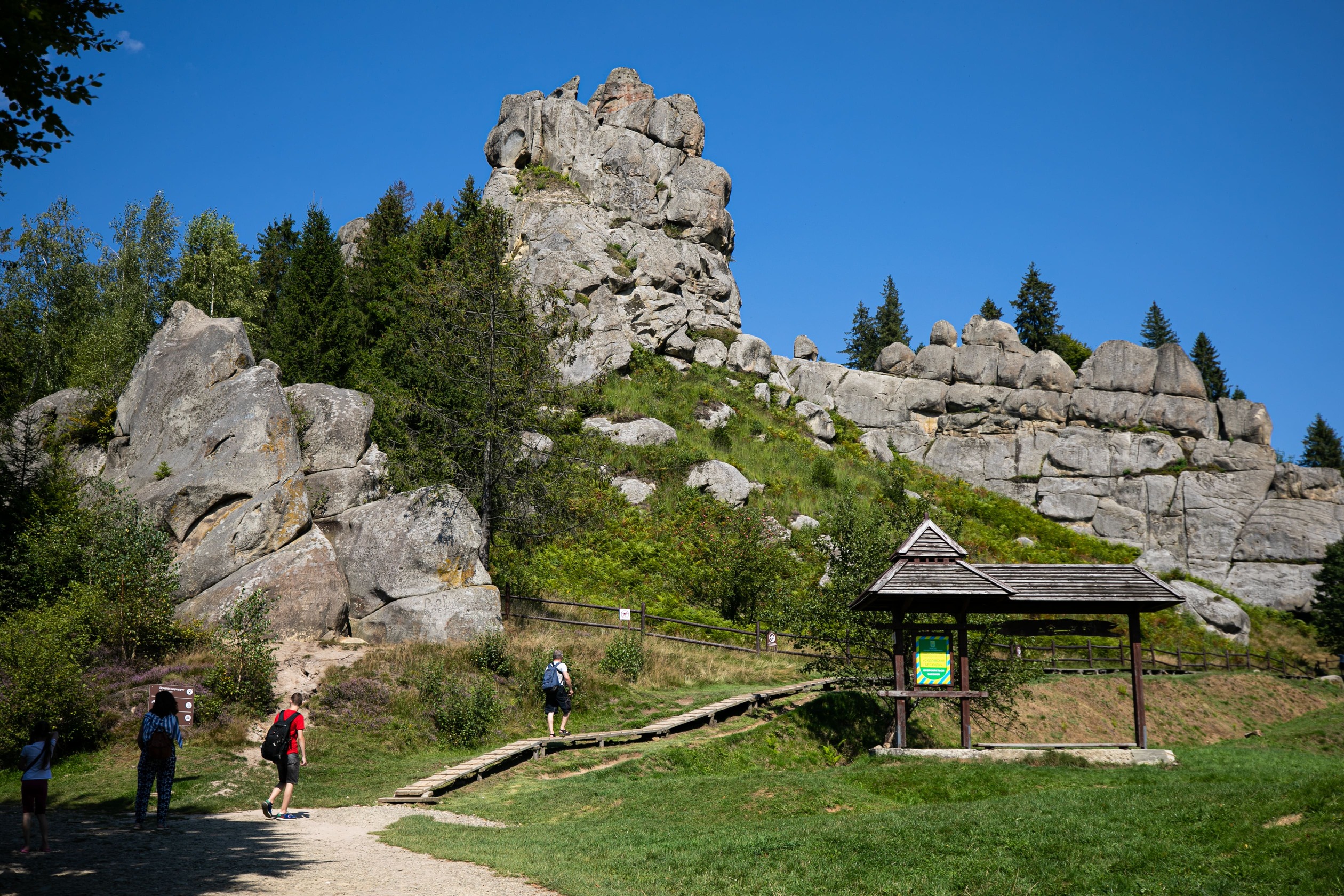
And now they are also trying to rescue the whole Ukrainian heritage, aren’t they?
Thanks to this network of trust, we recruited leaders and experts for the Heritage Emergency Response Initiative. Maria Zadorozhna, for example, leads expeditions as well as the collection of evidence for the criminal court, which her second degree enables her to do. Vladyslav Pioro is in charge of digitalization: he has worked in IT for twenty years and is an expert in international standards. In total, the core team comprises almost thirty people who are responsible for different areas.
One of the areas is the creation of not only the database of monuments destroyed during the war but the entire infrastructure of data on museum collections. Is it true that the Ministry of Culture and other institutions have been working for the last 32 years without knowing what exactly they are working with?
Yes. State museum collections, for which the ministry is supposed to be responsible, are huge. There are ministry museums, regional museums, district, and city museums—it’s a vertical structure. There are also museums that are subordinate to other institutions: the Ministry of Education, the Ministry of the Interior, and others. The Ministry of Education supposedly maintains 3,500 museums. And how many museum objects do they house?
The project also aims to digitize these museum objects. How do you deal with this?
Last spring, UNESCO asked us how it could help. My team and I developed a concept for a data infrastructure, a nationwide system that brings together everyone who creates museum content. However, UNESCO didn’t fund this project then because the ministry hadn’t submitted one of the required documents. So, we applied for a grant and are now implementing it ourselves.
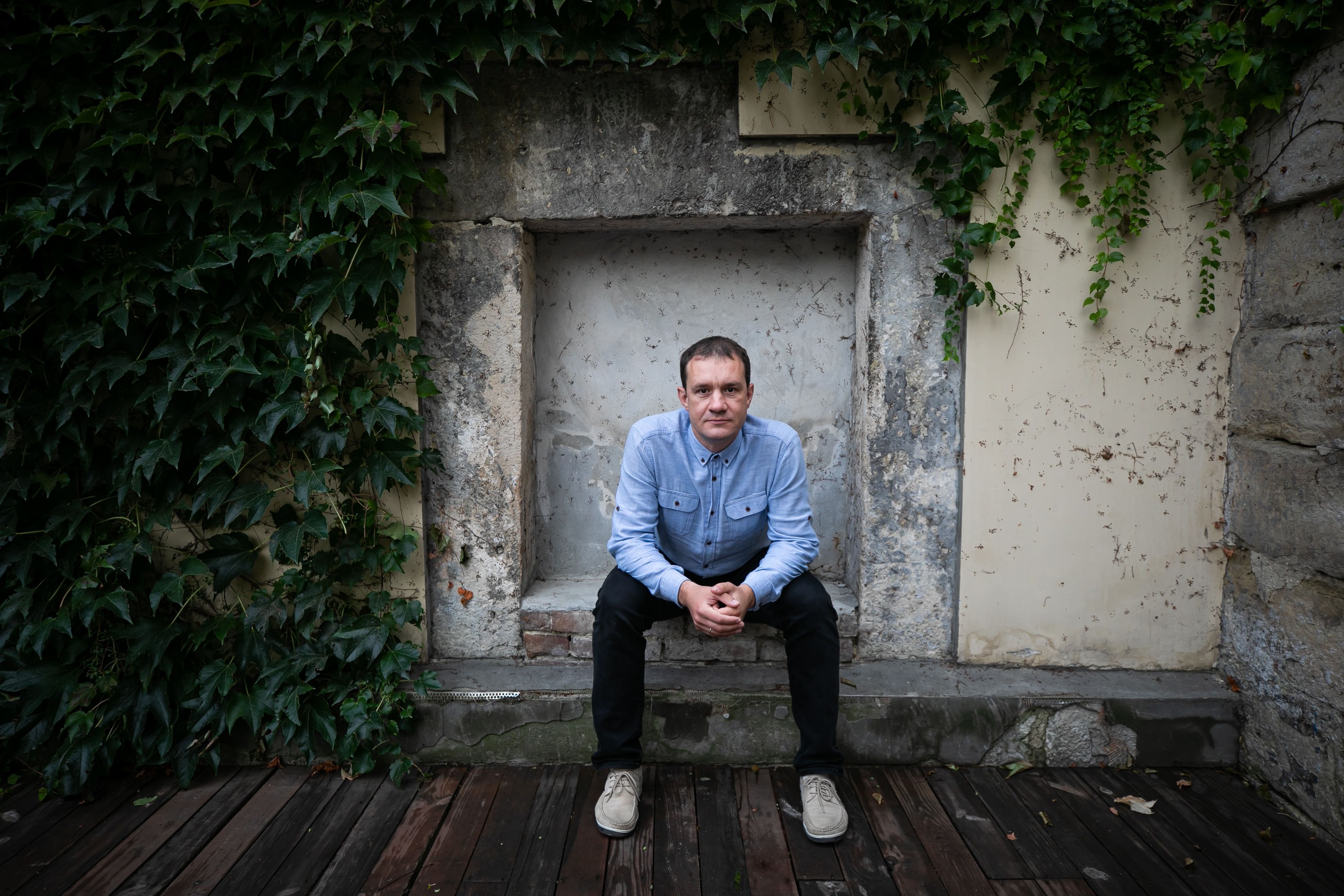
Digitization and electronic inventory management mean that every museum object has its own life: There are records of when it was added to the museum fund, how it was classified, how it was moved from one fund to another, and so on. This history cannot be represented on paper, whereas the digital system tracks everything and knows who was responsible for what and when. This is about inventory management, which has to be done according to uniform international standards. So you can log into the system and retrieve all the information about, say, pottery from the 13th century, which is simply impossible on paper. Or trace how the European Baroque came to Ukraine and how it influenced our culture. Synchronization opens up enormous possibilities—for research, verification, and even reporting to the police.
The system needs to be populated from the ground up by the museums, so we are building their capacity for this as part of the project. We are developing a tool that will allow us to create a complete register for each object, and we are teaching people how to use it. A pilot project on digitalization is currently underway in Lviv and has created around ten jobs. The premise is that this should be done by a specialized center and not by each museum individually.
It is simply inefficient to equip every single museum with a scanner—it is much better to create a group of experts who can cover different museums and different types of objects.
We must introduce all the processes, analyze how long it takes, and how we can better organize people and work algorithms—there are many specific details.
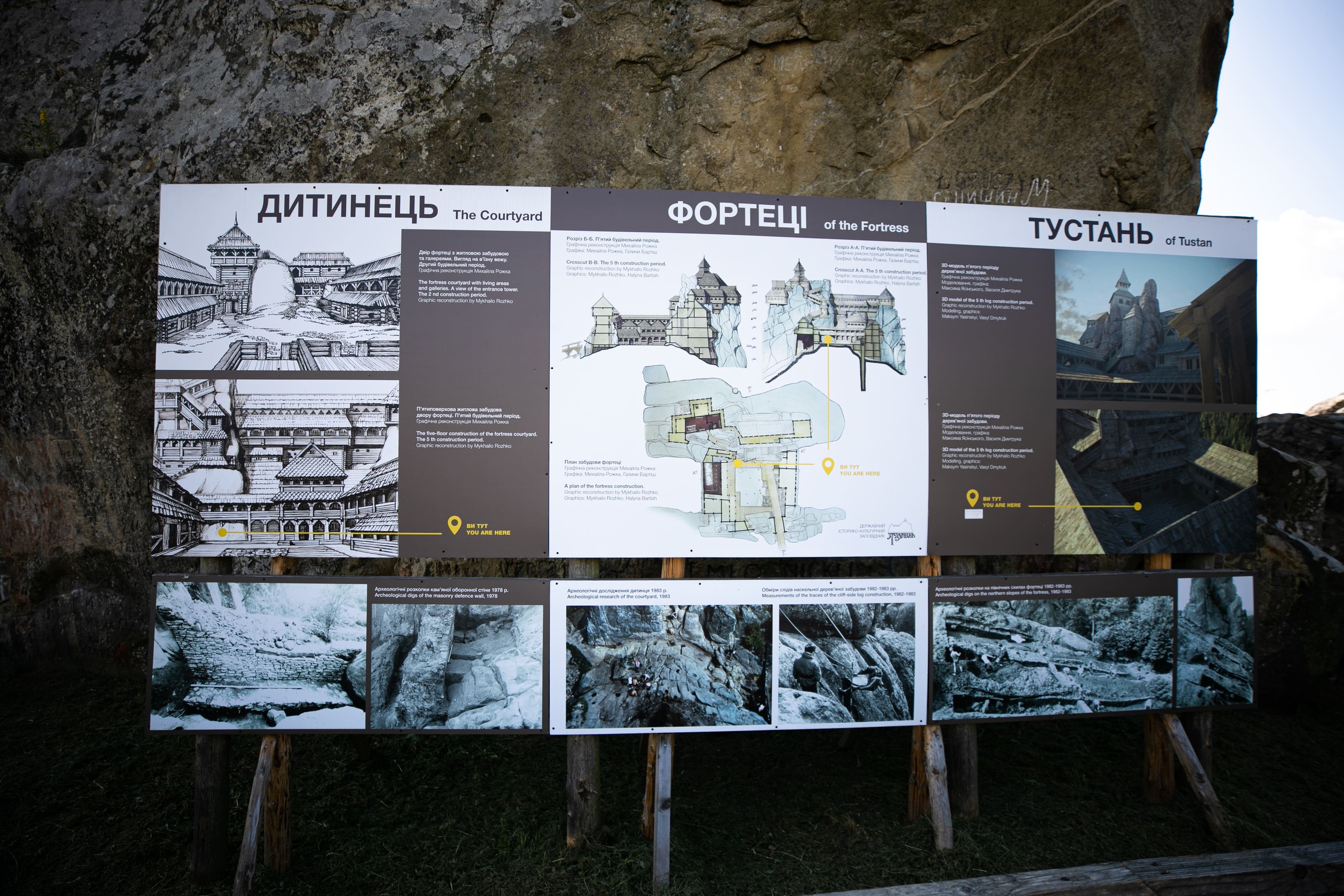
After that, we will look for a way to ensure that this system continues to work and scale after the end of the project. We would like to set up hubs in Chernihiv and Odesa. And for that, we need leaders like those working on the Tustan projects. These should be people who are very committed to this initiative, who can gather others around them, and who don’t need explanations as to why this is important.
We don’t have the time to do non-systemic things. We can’t do it manually, either, and we have to set things in motion that will exist without us. For me, sustainability is about being systemic.
Another part of the project deals with the documentation of damage to cultural monuments during the war and the creation of a corresponding database. How do you work in this area?
Our first expedition was to Borodianka on April 28, 2022. Maria Zadorozhna called me and said we had to save the cupboard in a ruined apartment, otherwise, it would soon collapse. So, we made a 3D drone recording.
Over time, we began to organize the expeditions differently. We used to send expeditions immediately for thorough exploration, but now we make verification trips first. Sometimes, it happens that the object is quickly restored after a missile attack or de-occupation, and it would be a waste of time to send an expedition. That is why we put together teams of local experts who first inspect the objects and only then carry out a thorough examination and documentation according to the methodology of the ICCROM (International Center for the Study of the Preservation and Restoration of Cultural Property), do laser scanning of the object if necessary, create a 3D model, and enter the data into the database. We also document the damage using a different method so that it can later be submitted to the International Criminal Court. The database currently contains 385 processed objects and can be accessed at heritage.in.ua
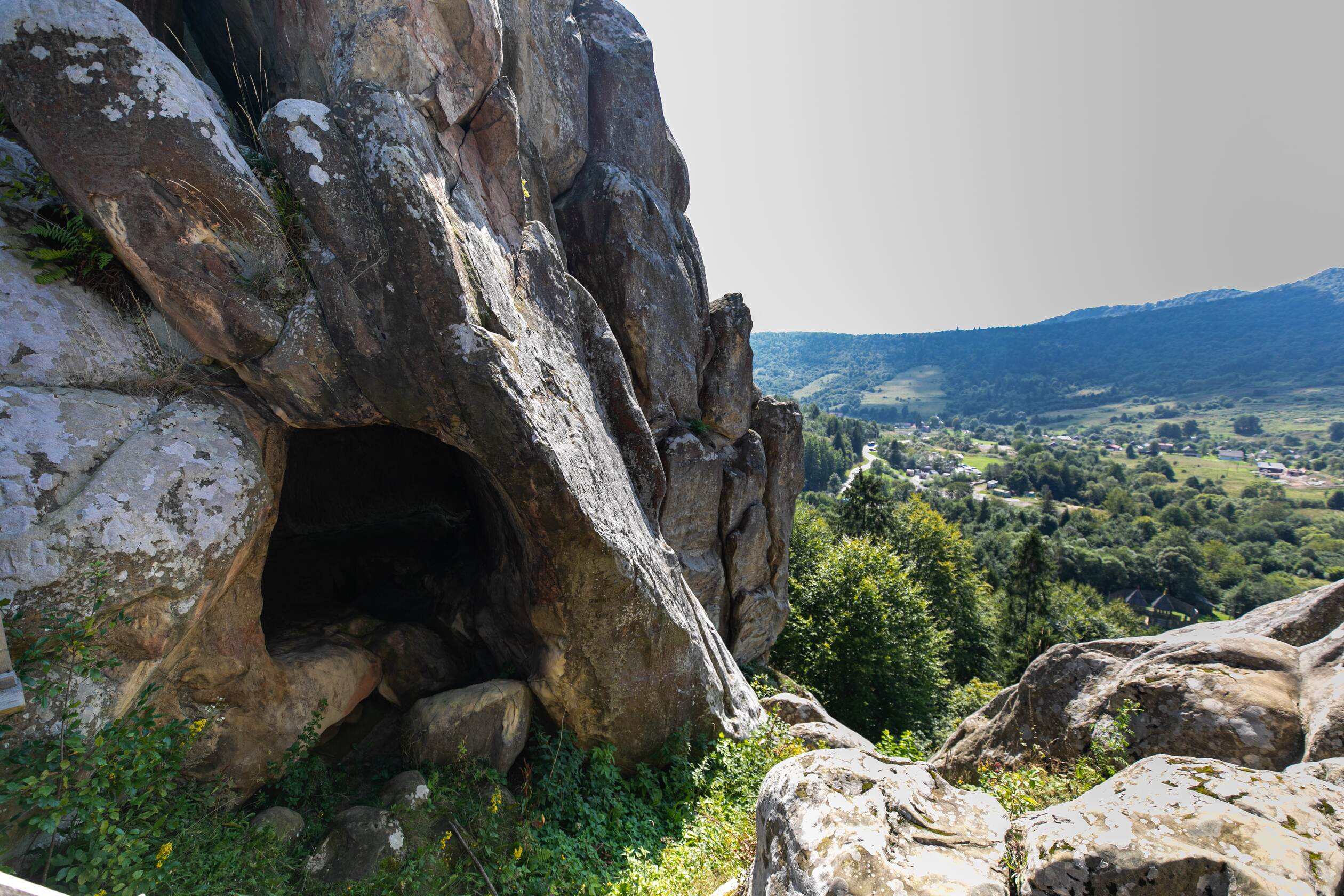
What can technologies and international standards do that simple documentation cannot?
Take the church in Viazivka, for example. It belonged to the parish of the Moscow Patriarchate. We created a 3D model and did laser scans to show the destruction over time. While the Ministry of Culture was still thinking about what to do, the church collapsed, and now we can reconstruct what it looked like using only the information in our database.
In addition, documentation based on the ICCROM method makes it possible to determine measures to be taken in view of the extent of the damage. This means that the local heritage authorities do not have to commission countless planning specifications and cost estimates costing half a million. They can identify where only stabilizing measures are required and where more extensive work requiring planning specifications and cost estimates is needed—and they can commission these in each individual case. This saves money. The key point is that this database must work and be accessible. Why else would we do it?
Why is it so important to have a local team?
Now, during a five-day expedition, an external team can work on 30-35 objects, while the locals could examine hundreds of objects. It is important to have different experts because ethnographers cannot assess the condition of an architectural monument, no matter how eager they are—they simply have not been trained in this field. We are currently putting together a team for the south in Kherson and Odesa.
How does your team work with the military? After all, the expeditions go to dangerous places.
It would be great if there were military units dedicated to preserving cultural heritage and preventing its destruction, like those that were deployed during the Second World War, a kind of ‘Monuments Men.’ Today, we work with the military at various levels. For example, soldiers accompany some of the expeditions because civilians do not have access to certain sites. They also know better than we do what to do in unforeseen situations.
We also share information from our databases so that they don’t dig trenches on the site of an old settlement, for example. The military, in turn, help us gather evidence for criminal proceedings for the destruction of cultural heritage: they can model what kind of missile hit and from which direction. There are whole patterns of Russian attitudes to our heritage. Sometimes, they are not obvious, but you can certainly identify them.
Will you be able to use this data later in court?
Yes, provided they were collected and stored correctly. It is also our job to respond promptly. When our partners give us satellite images of possibly destroyed or looted objects, we verify them. So, our information is accurate. When the Russians blew up the Kakhovka hydroelectric power plant, we compared our data with the size of the flooded areas and then also found an expert on the ground who told us that some of the museums were no longer functioning, while others that we didn’t even know about were in operation. Or that a certain object was flooded but not destroyed. We were also in Odesa two days after a rocket hit and documented the consequences. It wasn’t until two weeks later that the ministry asked what the situation was there.
In addition to the data platform, we are also working on the knowledge platform: how to digitize, how to document, how to rescue, and why this is necessary.
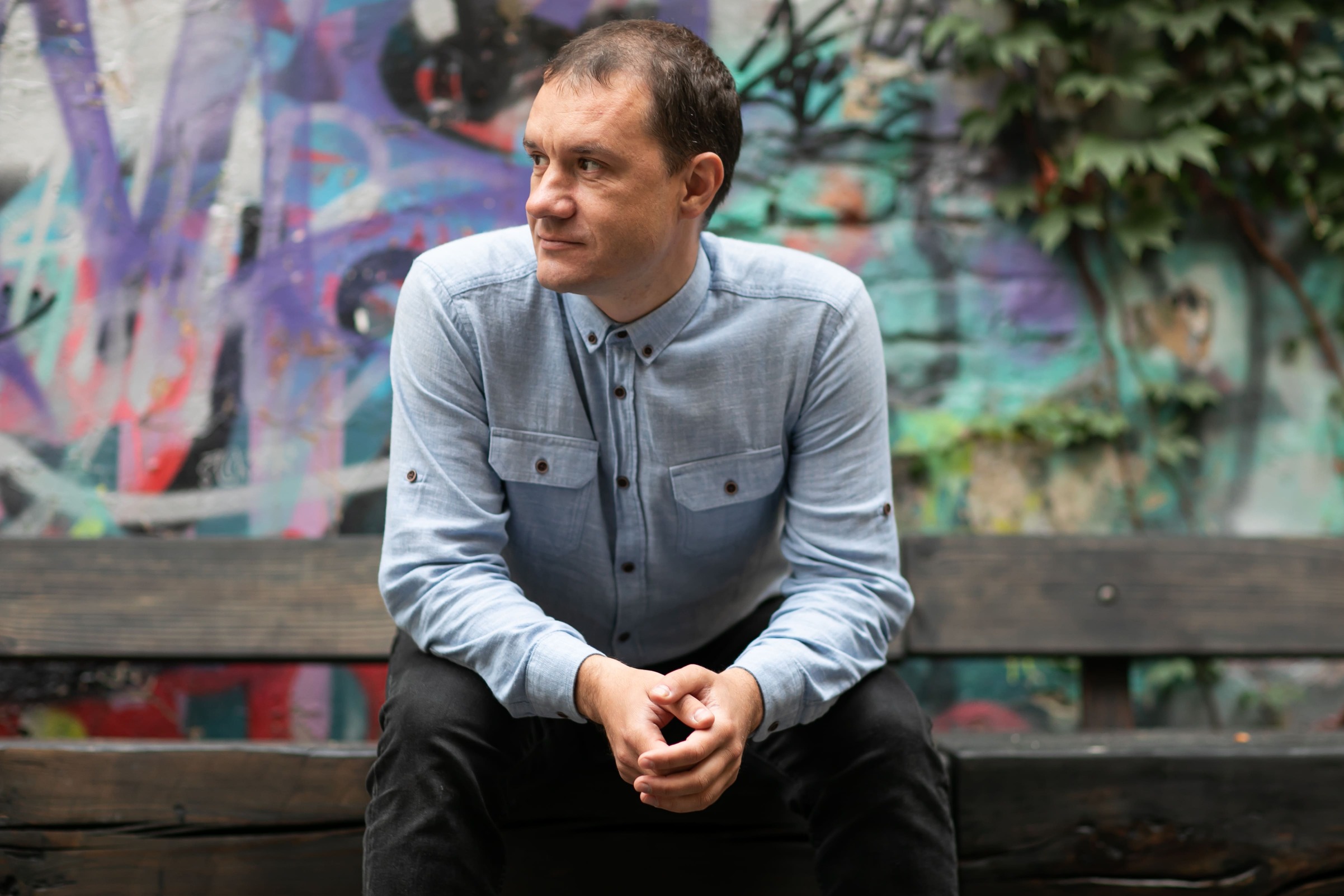
Why wasn’t the government doing this earlier? Was there no understanding of the importance of cultural heritage before the war?
There are many reasons for this. First of all, there should be a policy, a vision. They must be developed by a central government authority—that’s what the law says. So far, that has not happened. The task of culture is to generate meanings. You have to give people an idea that this or that is possible. In order to develop further, culture must be open. Otherwise, we’ll become people on a reservation.
There is also a lack of resource experts who are oriented towards modern methods and not those of 50 years ago. Then there’s the human factor. There are still ways of thinking that are largely based on the Soviet system and partly on selfishness: there is an assumption that if I give you access to museum collections, I will lose strategic control, so I would rather die than share.
Museums can be the research infrastructure: you can simply make your collections available to researchers—or write research papers yourself. But listen, you won’t have the time to do it all alone. Open up access to your museum funds, and experts from Poland or an African country will help you! However, the Soviet way of thinking doesn’t allow people to do that.
There is also the assumption that either the state will fund the cultural sector or it will not survive. But there are also grants and doing business. “What?” they say, “Doing business is a disgrace! Either you’re an intellectual, or you have money.” That’s another harmful way of thinking.
Tustan is one of the most successful projects when it comes to funding because business is about creating value that people are willing to pay for. It’s important to get that across. We can either get PTSD or develop resilience and finally do something we’ve never done before.
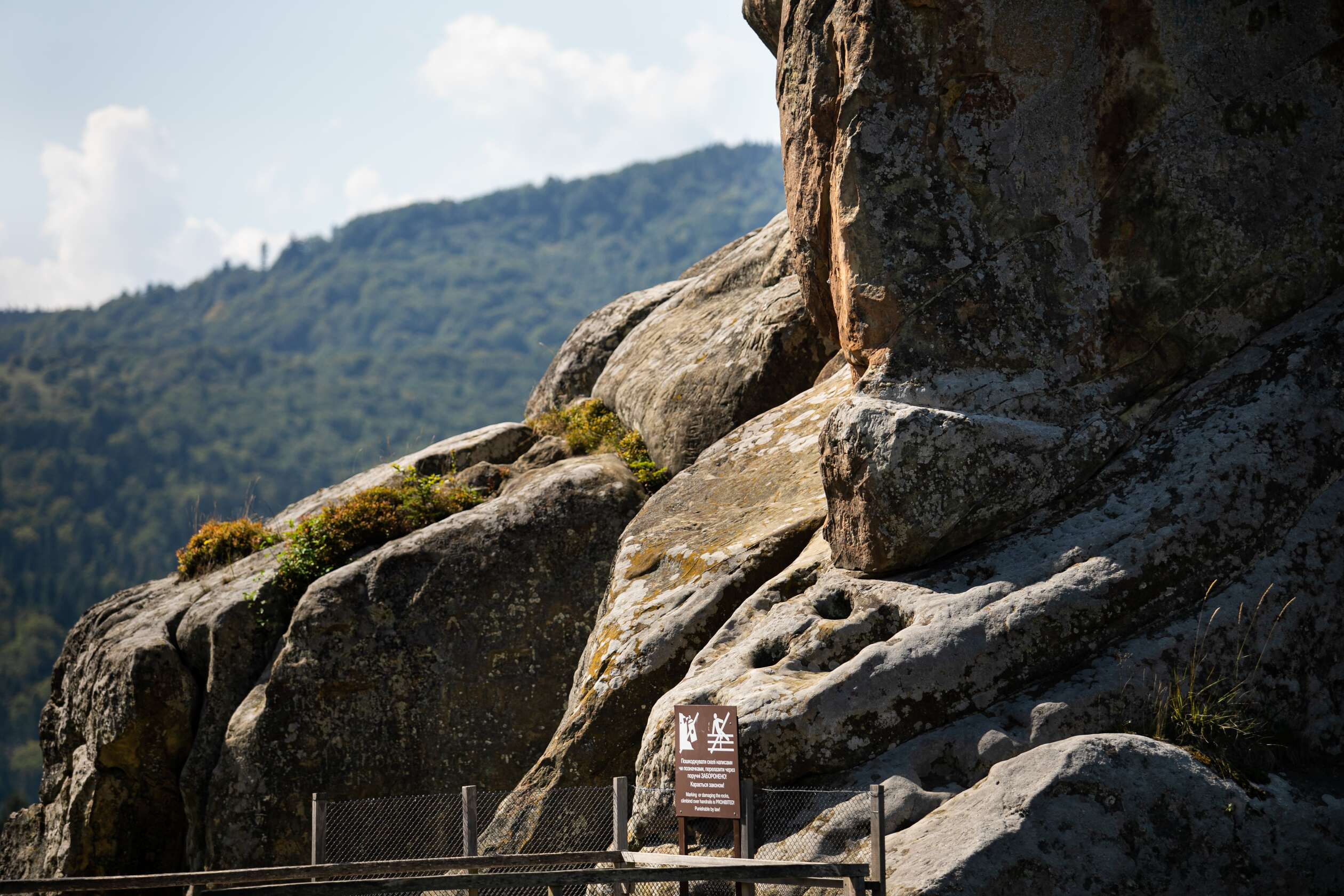
And then government officials don’t care about cultural heritage. It is easier to rally the public around heritage preservation—then the government has to listen to the people. As civil society, we must not be excluded from participating and deciding what is better for us. And the ministry must respond.
There is still a lot of work to be done to change the Soviet approach to museums and to involve the public.
This publication has been created with the assistance of the European Union. The authors are solely responsible for its content, and the opinions expressed do not necessarily represent those of the European Union. The project “Crisis Inventory and Leap to Digitization of Museum Registers” is implemented by the Lviv regional non-governmental organization “Tustan” with the financial support of the EU.

